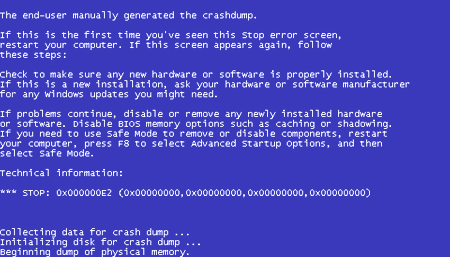In the field of program analysis, different techniques are used, usually divided into two groups: static and dynamic. Fuzzing is a dynamic technique used extensively (especially in recent years) to discover bugs in software that, with a little (bad) luck,…
Summer arrives and with it the typical works in the university. As these magnificent moments usually come from power cuts and water, we have decided that taking advantage of these dates, we could not hurt a little vacation (until September).…
Jaime is one of the great references in security of the information of Latin America, and of the Spanish-speaking world in general. He has been working in the area for more than 10 years, specifically in ethical hacking, pentesting and…
In the process of converting the code from a high level language to an executable that understands our system, the linkers have a role that often goes unnoticed, but that is important to know. When we want to convert a…
High-level languages such as Javascript, Python and Ruby are mainly characterized by facilitating the development of software in a simple and intuitive way and by presenting the highest abstraction level with respect to the machine on which they are executed,…
Whether for malicious purposes, such as the case of malware authors, for corporate purposes, or for other reasons, obfuscation techniques are used to protect a program by making compiled binary static analysis more costly. Obfuscation therefore consists of transforming a…















